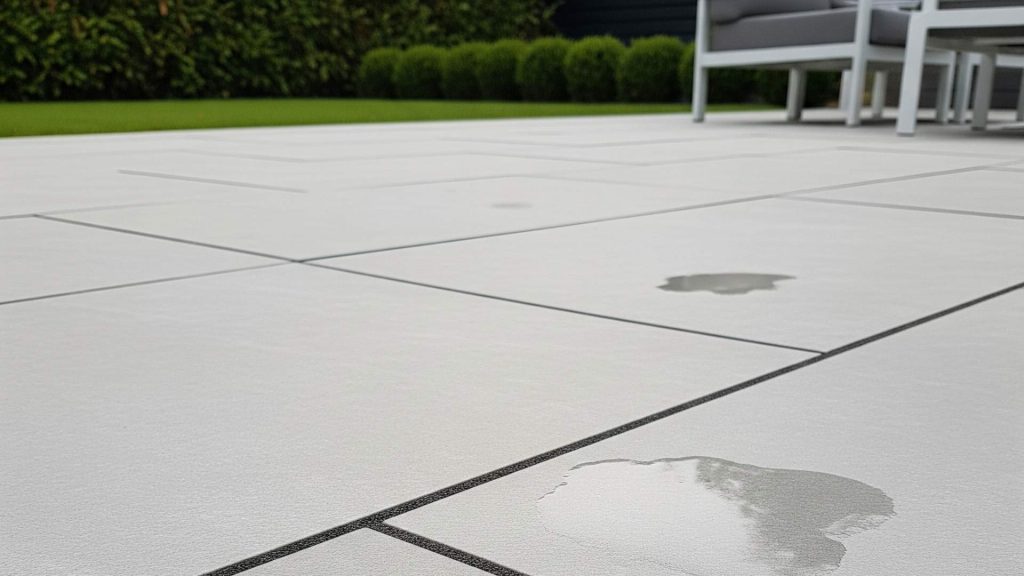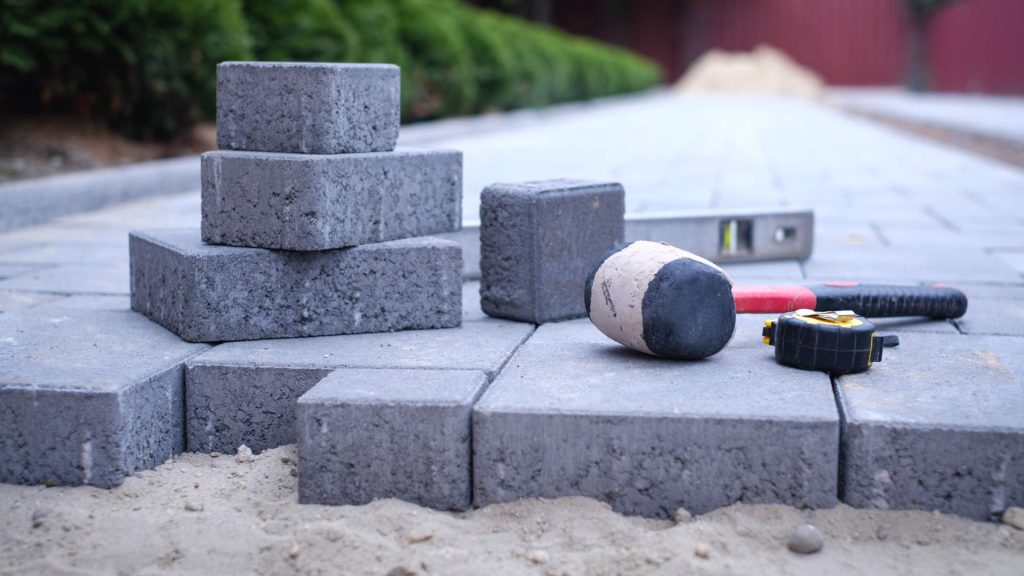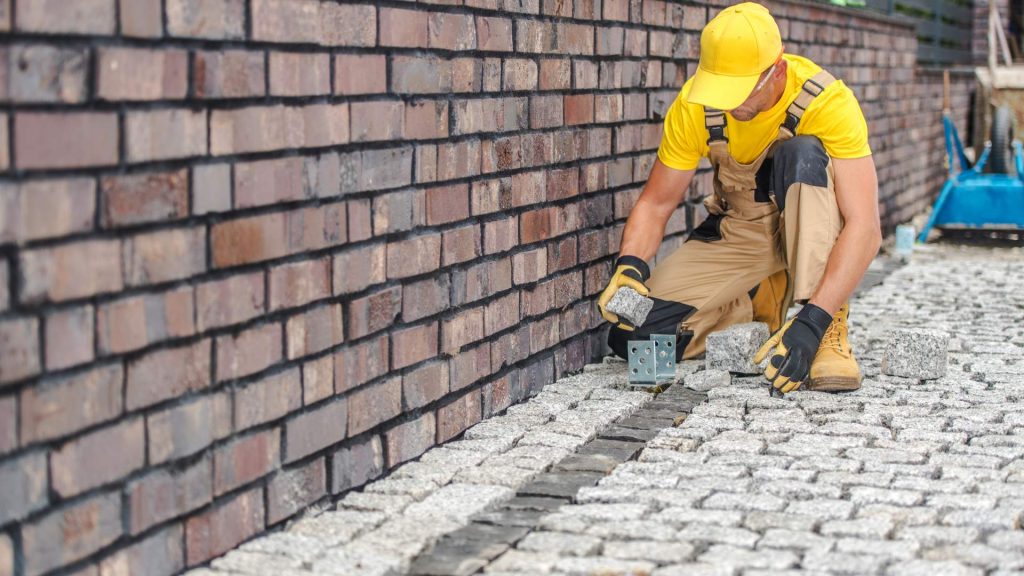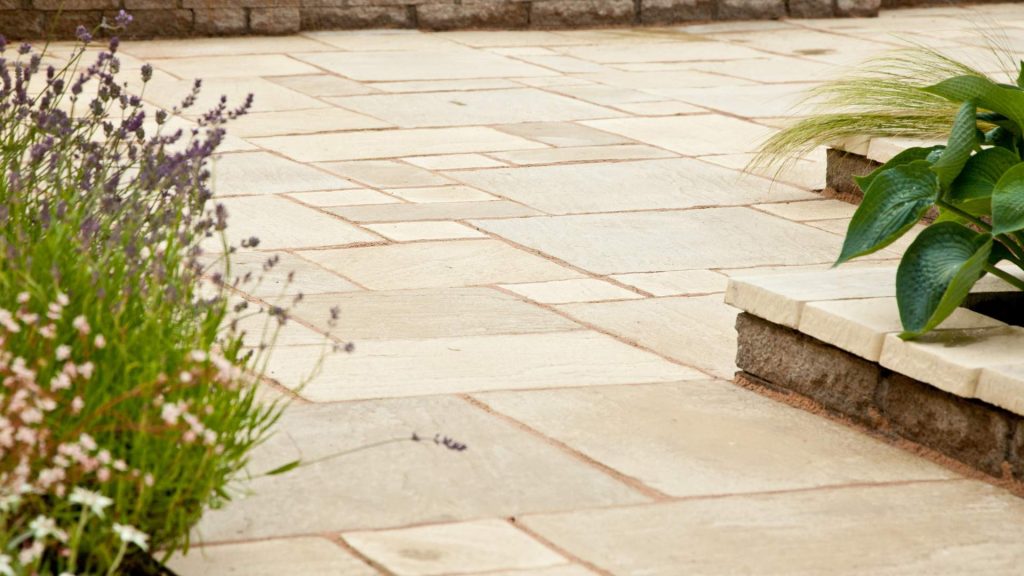What “Best” Really Means for Homes
You already know Southwest Florida’s climate is its own animal—intense sun, heavy rain in summer, salt air near the Gulf, sandy soils, and the occasional tropical storm. The “best” paver for a Park Shore pool deck or a Golden Gate Estates driveway isn’t just the prettiest option; it’s the product and installation method that performs in heat, moisture, and soil conditions while matching your priorities for comfort, budget, and maintenance.
At Pavers of Naples, we install, repair, and maintain travertine, porcelain, and concrete pavers across Collier County—Pelican Bay patios, walkways, and waterfront pool decks from Moorings to Vanderbilt Beach. Below, we compare the three most popular materials through a local lens, so you can make a confident choice and plan your project the right way from day one.
Climate Factors That Should Drive Your Choice
Before comparing materials, let’s anchor to the environmental realities that matter most here:
- Heat & Surface Temperature: In July, deck surfaces can sizzle. Some materials stay cooler underfoot, which matters around barefoot pool areas. Finish (tumbled, textured) and color (lighter tones) also affect heat.
- Slip Resistance: Afternoon storms and splash zones mean you need traction when wet—especially for pool decks, lanais, and entryways.
- Salt & Moisture Exposure: Near the Gulf or around saltwater pools, select materials and sealers that tolerate salt and resist efflorescence or spalling.
- Subsurface Stability: Our sandy soils drain well but still demand proper base prep, compaction, and edge restraint to resist settling and creep—especially in driveways with turning traffic.
- Maintenance Reality: Every material benefits from polymeric sand and periodic sealing. The right maintenance schedule keeps weeds, ants, and joint erosion in check.

Travertine Pavers: Elegance That Stays Cooler by the Pool
Why homeowners love it: Travertine’s natural stone look is timeless and upscale, fitting seamlessly with Pelican Bay aesthetics. In lighter colors, it remains noticeably cooler underfoot than many alternatives, making it a top choice for pool decks and patios.
Pros :
- Cool-to-the-touch in light tones; great for barefoot areas.
- Natural texture offers good traction when wet (especially tumbled/antique finishes).
- High-end appearance boosts curb appeal and resale value.
- Pairs beautifully with coastal palettes and shellstone accents.
Considerations:
- As a natural stone, travertine is porous; sealing is recommended for stain and salt resistance.
- Color/vein variation is part of the charm; expect natural variation from pallet to pallet.
- Not ideal for heavy vehicle loads unless thickness and base are engineered accordingly.
Best fits:
- Pool decks and lanais in Park Shore, Moorings, and Pelican Bay.
- Patios and courtyards where you want a refined, Mediterranean look.
- Walkways with tumbled edges that feel organic and forgiving.
Care & longevity: With polymeric sand, routine cleaning, and sealing every 2–3 years (frequency depends on exposure), travertine holds up beautifully in Collier County. Avoid harsh chemicals around saltwater pools; choose sealers designed for stone and salt exposure.

Porcelain Pavers: Modern, Low-Maintenance, and Salt‑Friendly
Why homeowners choose it: Porcelain has surged in popularity because it delivers a clean, modern look with excellent stain and salt resistance. It’s engineered for low water absorption, which pays off around saltwater pools and coastal homes where salt spray is a fact of life.
Pros :
- Extremely low porosity: resists staining, salt, and mildew.
- High slip resistance with outdoor-rated textures—even when wet.
- Colorfast: baked-in patterns and hues hold up in intense sun.
- Consistent sizing makes for crisp lines in contemporary designs.
Considerations:
- Feels firmer underfoot than stone; some prefer the natural warmth of travertine.
- Edge chipping can occur with improper handling—choose an experienced installer.
- Can be warmer than travertine in dark colors; pick lighter tones for pool areas.
Best fits:
- Modern pool decks with clean lines and contemporary finishes.
- Low-maintenance lanais for seasonal residents.
- Rooftop terraces or elevated decks where weight and thickness specs matter.
Care & longevity: Routine rinsing and occasional neutral pH cleaning usually suffice; sealing is optional for porcelain itself but recommended for joints to lock out weeds and ants.

Concrete Pavers: Versatile, Strong, and Budget‑Smart
Why homeowners pick them: Concrete pavers offer the widest range of shapes, patterns, and price points, making them a go-to for driveways, long walkways, and patios where pattern play (herringbone, ashlar, basketweave) matters and vehicle loads are routine.
Pros :
- Strength for driveways and turning traffic when installed over a proper base with edge restraint.
- Design flexibility: countless sizes, colors, borders, and inlays.
- Permeable options help with stormwater management and puddling.
Considerations:
- Surface temperature can be higher in darker colors under full sun.
- Color fading is possible over many years without UV-stable sealers.
- Susceptible to efflorescence (a cosmetic white haze) that a good sealer tamps down.
Best fits :
- Driveways designed for spacious lots and lasting performance.
- Large walkways or patios where cost-per-square-foot matters.
- Permeable systems near landscape beds to improve drainage.
Care & longevity: Keep joints tight with polymeric sand; plan for re-seal cycles. One big advantage of segmental pavers vs solid slabs: individual units can be lifted and re-set if underground work is needed later.
Cost, Comfort, and Look: Comparison
Cost Reality (Installed): Pricing changes with thickness, edge treatments, base depth, and access, but as a general local pattern:
- Concrete pavers: Typically the most budget-friendly across large areas.
- Travertine: Mid to upper range—varies with grade and finish.
- Porcelain: Often mid to high due to material cost and setting requirements.
Surface Temperature & Comfort:
- Coolest: Light travertine, especially tumbled finishes.
- Moderate: Light porcelain with textured, matte surfaces.
- Warmest: Dark concrete in full sun (choose lighter colors or add shade structures).
Slip Resistance (Wet):
- Porcelain (outdoor-rated textures) and tumbled travertine perform extremely well.
- Textured concrete also performs well; avoid polished or overly smooth finishes outdoors.
Salt/Water Exposure:
- Porcelain is the clear winner for saltwater pools and gulf-front splash zones.
- Travertine handles moisture well with the right penetrating sealer.
- Concrete benefits greatly from sealing to defend against salt and UV.
Aesthetic Direction:
- Classic/Coastal Luxury: Travertine.
- Sleek/Contemporary: Porcelain.
- Traditional/Pattern-Forward or Budget-Savvy: Concrete.

Installation Matters More Than Material (Here’s Why)
Even the perfect material will disappoint if it’s set over a thin or poorly compacted base. Especially in areas with sandy soils and seasonal downpours, we follow a proven process:
- Site prep & grading to manage water away from structures.
- Excavation to appropriate depth for use (deeper for driveways).
- Layered base with mechanical compaction at each lift.
- Screeded bedding layer for precise level.
- Pattern-lay with tight joints and proper edge restraint.
- Polymeric sand activation to lock the surface.
- Sealing (material-appropriate) after cure windows.
This approach creates the difference between years of effortless enjoyment and frustrating shifting, weeds, or washouts after a single rainy season.
Use‑Case Recommendations for Homeowners
For pool decks and lanais:
- Choose travertine (light, tumbled) if you value a luxurious look and cool comfort underfoot.
- Choose porcelain if you want ultra‑low maintenance and maximum salt resistance—great for saltwater pools and beachfront properties.
For driveways:
- Concrete pavers in ashlar or herringbone patterns give you strength, style, and value. Consider permeable pavers to reduce puddling and improve drainage during summer storms.
For patios and courtyards:
- Travertine for classic coastal charm; porcelain for clean lines and consistent color; concrete for pattern experimentation and border inlays that tie into your landscape.
For walkways and entries:
- Prioritize slip resistance and lighting. Tumbled travertine and textured porcelain are excellent; concrete pavers offer budget flexibility and decorative borders.
Maintenance for Local Conditions : A Simple Calendar
- Quarterly rinse & inspect: Hose off sand/debris, check for low spots, and top up polymeric sand if joint erosion appears.
- Annually: Neutral pH cleaning; spot treat rust or organic stains with material-safe cleaners.
- Every 2–3 years (material and exposure dependent): Reseal to refresh color (concrete), protect against salt and spills (travertine), and stabilize joints. Porcelain tiles themselves may not need sealing, but joints do.
- After major storms: Inspect edges and drainage paths; schedule re-leveling if settling appears.
Real‑World Examples
- Pelican Bay pool refresh: Switched from aging painted concrete to tumbled travertine in a French pattern; added a light groutable joint for extra slip resistance and sealed for salt tolerance. Result: cool, barefoot-friendly surface with a boutique resort feel.
- Golden Gate Estates driveway: Installed concrete pavers in herringbone with a contrasting border; engineered a deeper base for turning loads and added permeable bands near landscape beds to manage runoff. Result: zero puddling and easy maintenance.
- Coastal lanai: Selected porcelain pavers to match an indoor tile; the outdoor-rated texture delivered excellent traction and color consistency from shade to sun.
Choosing the Best Paver: A Quick Decision Flow
- Is this a pool deck or splash-prone lanai?
Choose travertine (light, tumbled) for cool comfort or porcelain for salt/stain resistance. - Is it a driveway with turning traffic?
Choose concrete pavers with a reinforced base and edge restraint. - Do you want the lowest ongoing maintenance?
Choose porcelain, then seal joints only. - Is a natural, high-end look the goal?
Choose travertine and plan for periodic sealing.
FAQs
Do travertine pavers really stay cooler in direct sun?
Yes—especially in lighter colors and tumbled finishes. Stone’s natural porosity and lighter pigments reflect more heat than dark, dense surfaces.
Are porcelain pavers slippery when wet?
Outdoor-rated porcelain has textured surfaces that provide excellent traction, even in splash zones and during summer showers.
Will concrete pavers fade at the beach?
UV exposure can mute darker colors over time; an appropriate sealer slows fading and enriches tone. Choose lighter hues for lower surface temperature.
What about weeds and ants between pavers?
Polymeric sand is your friend. It locks joints, resists washout, and discourages pests and weeds when properly installed and activated.
How often should I seal pavers in Collier County?
Depends on exposure, traffic, and material. Expect every 2–3 years for travertine and concrete; porcelain bodies usually don’t need sealer, but joints do.
Match Material to LOCAL Conditions, Then Build It Right
There’s no one-size-fits-all winner.
- Choose travertine for luxury pool comfort and timeless style.
- Choose porcelain for salt resistance and the lowest maintenance.
- Choose concrete pavers for driveway strength and design flexibility.
No matter which direction you go, the base, edge restraint, and joint stabilization will determine how your hardscape looks five years from now. That’s where a disciplined local process pays off.

